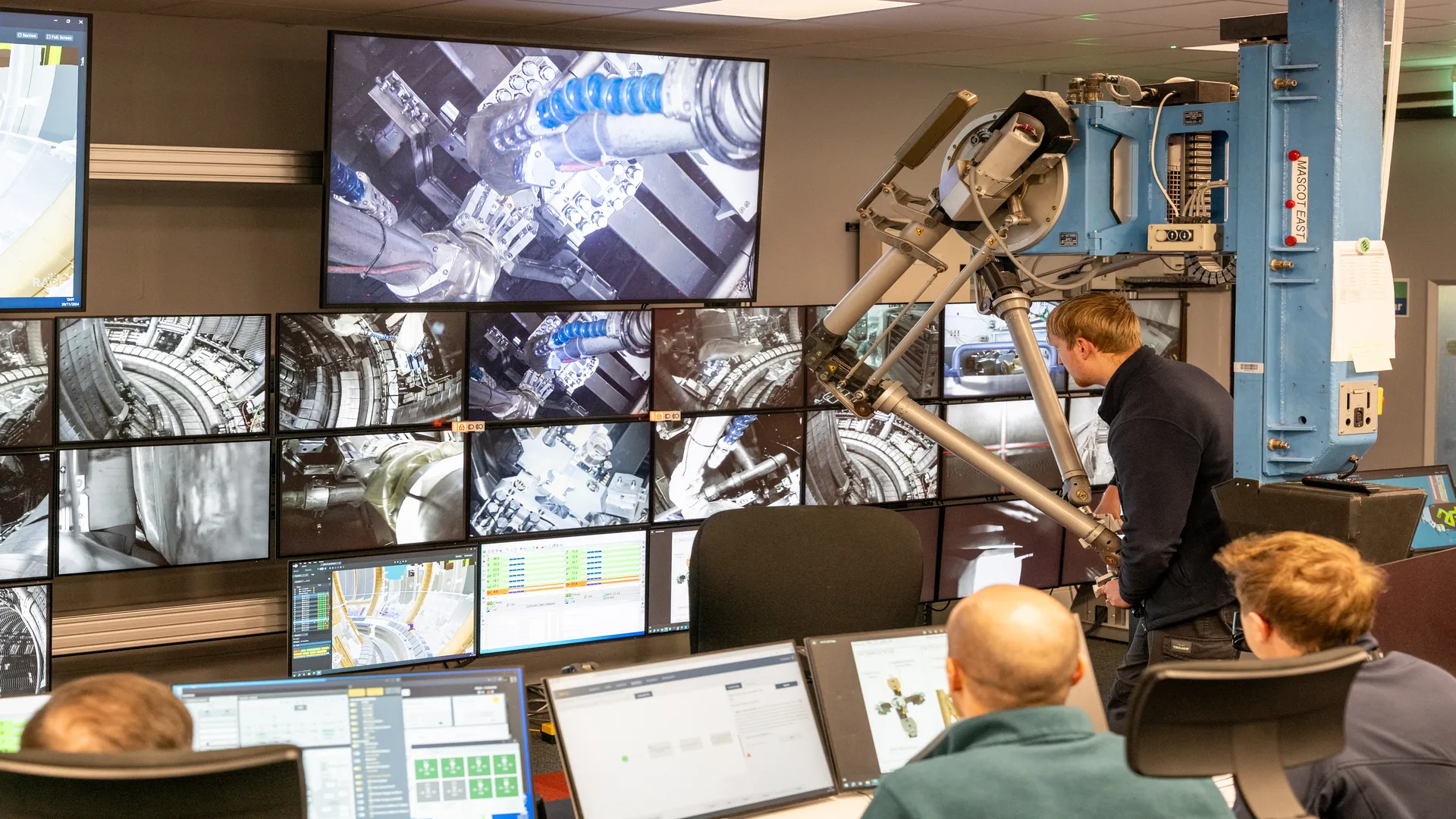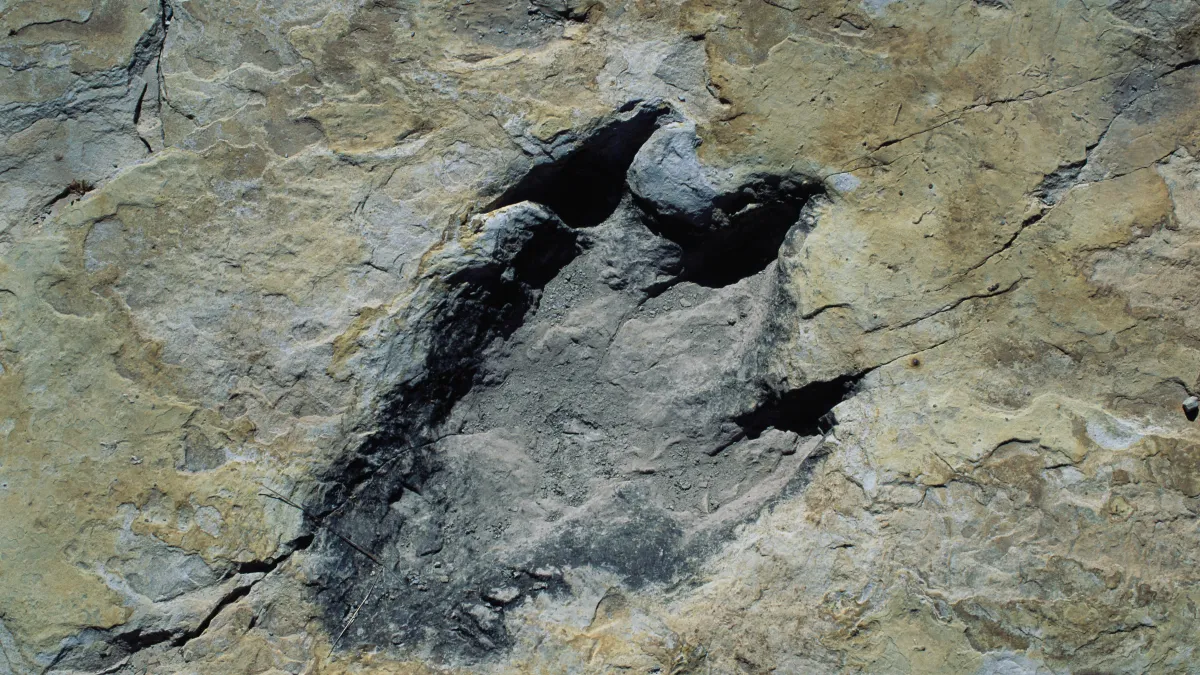
The UK Atomic Energy Authority (UKAEA) has officially begun decommissioning the longest-running and most productive fusion tokamak in the world, following more than four decades of spectacular experiments.
UKAEA, a government organization that oversees the Oxfordshire-based fusion facility, deployed remote handling technologies as part of the dismantling of the Joint European Torus (JET).
The massive, donut-shaped machine, which is also the largest and most powerful tokamak experiment, made headlines when it achieved 69 megajoules (MJ) of energy during a six-second pulse during its final deuterium-tritium (D-T) experiments in October 2023. Its plasma operations concluded two months later.
Now, the team announced it had completed a critical early phase of the JET Decommissioning and Repurposing (JDR) program, which included retrieving physical components from inside the reactor.
Plasma exposure insights
A total of 66 tiles and plasma-facing components were removed from the fusion reactor in late 2024. These are now being processed and studied to assess their key physical, chemical, and radiological properties.
According to the team, the findings from these materials offer unprecedented insights into how years of exposure to extreme plasma conditions affect reactor structures.
Steve Gilligan, JDR engineering integration manager, noted the operation was highly successful. “The team, which included newly trained operators, deployed the remote handling system, removing over 60 samples from the vessel,” he said.
At the same time, among the most striking findings was clear evidence of surface melting and a phenomenon known as the reverse waterfall effect, both of which were intentionally triggered during JET’s final operational pulses.
The team was able to accelerate damage mechanisms and observe them in real time by directing electron beams at reactor walls, including controlled plasma disruptions. The method is rarely possible in active reactors.
The live experiments set the stage for validating computer models that predict how future fusion machines like ITER, the world’s biggest science collaboration in history, and the UK’s STEP prototype will behave under similar conditions.
The future of fusion
The retrieved samples are now being analyzed by the Tritium Fuel Cycle and Materials divisions, as well as partner laboratories through EUROfusion, the European Consortium for the Development of Fusion Energy.
The scientists are examining each component to understand how the plasma interacts with crucial materials like beryllium (Be), tungsten (W), and Inconel, a nickel-chromium-based superalloy.
At the same time, UKAEA will be upgrading its remote handling system to deliver the first phase of in-vessel decommissioning, where about 3,700 components will be removed from JET.
Meanwhile, remote handling upgrades, including a virtual reality system (Remote Handling Operations Virtual Reality – RHOVR) built with Unreal Engine, are helping engineers train operators and rehearse complex tasks.
Known for its use in video games, the virtual reality setup creates hyper-realistic 3D environments. It has already been used in other nuclear decommissioning work at Sellafield.
Gilligan revealed that the collaboration with EUROfusion on LIBS (Laser Induced Breakdown Spectroscopy) experiments helps provide new insights into the material properties in the vessel.
In 2023, UKAEA also introduced LID-QMS (Laser Induced Desorption with Quadruple Mass Spectrometry), a laser-based method for measuring tritium and other element buildup on tiles and components inside the JET vessel.



